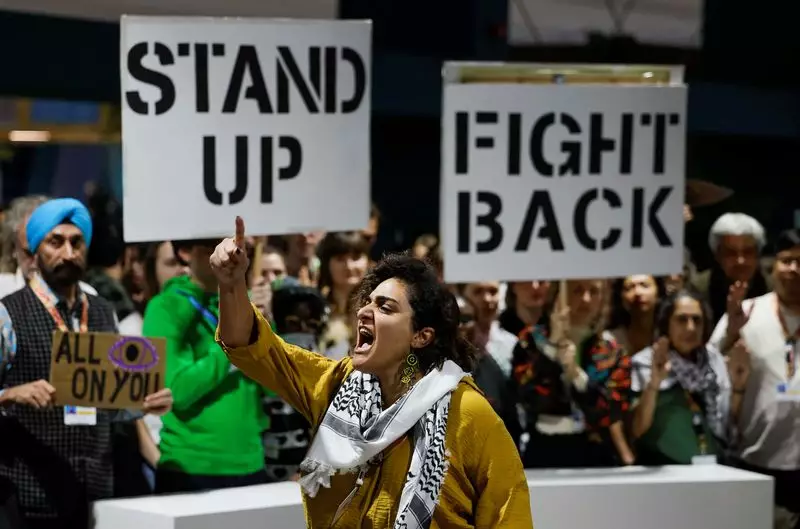In a significant development during the COP29 climate conference, nations reached a groundbreaking agreement that lays the groundwork for a global carbon credit trading system. This deal is seen as a pivotal step that could potentially mobilize billions of dollars towards initiatives aimed at combatting climate change. The discussions surrounding this agreement were not only complex and multifaceted but also critical in ensuring that the mechanisms in place are robust enough to lead to verifiable reductions in greenhouse gas emissions.
The concept of carbon credits originates from projects designed to reduce atmospheric carbon, such as reforestation efforts and renewable energy installations. For every metric ton of carbon emissions eliminated or sequestered, a carbon credit is generated. This credit can be traded among countries and corporations, providing a financial incentive for emissions reductions. The mechanics of this trading system are essential; they set the parameters for how effectively it can operate in practice.
One of the main focal points during the two-week gathering in Baku was the credibility of the trading system. Negotiators grappled with how to structure the market in ways that assure the authenticity of the benefits being claimed. A sortable registry for tracking carbon credits emerged as a necessary component, posing numerous questions. For instance, how transparent should nations be about their trades? What protocols should be activated when projects fail to yield expected outcomes?
Amidst this discussion, the European Union advocated for stringent oversight from the U.N. to ensure that all transactions were not only above board but also verifiable. In contrast, the United States favored a more autonomous approach, preferring individual nations to have greater freedom in their agreements. This divergence highlights a fundamental tension within international negotiations: the desire for collective action versus the need for national flexibility.
The final agreement illustrates a delicate compromise. Notably, the EU succeeded in establishing registry services for developing nations, allowing them to navigate the complexities of the carbon credit market without prohibitive costs. Meanwhile, the U.S. succeeded in ensuring that a mere record of transactions on this registry wouldn’t equate to U.N. endorsement. This nuanced outcome may have seemed like a small concession, but it hints at the larger dynamics at play in international climate policy—each party is weighing national interest against the collective good.
Environmental organizations responded cautiously to the agreement. While some viewed it as a step forward, others suggested that it lacked sufficient rigor, with concerns that it might not bring about substantial emissions reductions. Pedro Barata from the Environmental Defense Fund noted that even with its perceived weaknesses, the framework points towards a functioning international trading system, albeit one that might be seen as “toothless” in some circles.
The establishment of a global carbon trading system is not an end in itself but rather a starting point. Switzerland’s recent transactions with Thailand mark the beginning of bilateral trading arrangements set in motion well ahead of the COP29 discussions. Despite these initial transactions, the challenge remains to foster broader participation and collaboration among nations.
As the details of the carbon trading rules are further defined and refined, it is essential to strike a balance that preserves integrity and transparency while also encouraging nations to engage energetically in the market. The International Emissions Trading Association (IETA) has expressed optimism regarding the potential of a U.N.-backed market, predicting that by 2030 it could reach a valuation of $250 billion annually. Such aspirations align with climate targets that aim to offset an additional 5 billion metric tons of emissions each year.
The agreement reached at COP29 represents a crucial juncture in our global fight against climate change. While the specifics of the carbon credit trading system will continue to evolve, the foundational principles established during this conference provide a framework that could drive significant change. The effectiveness of this system will ultimately depend on its execution and the commitment of nations to uphold standards that prevent dilution of climate goals. As we navigate this new era of climate action, vigilance and accountability will be paramount in ensuring that the agreements achieved turn into real, measurable impacts on our planet’s health.

